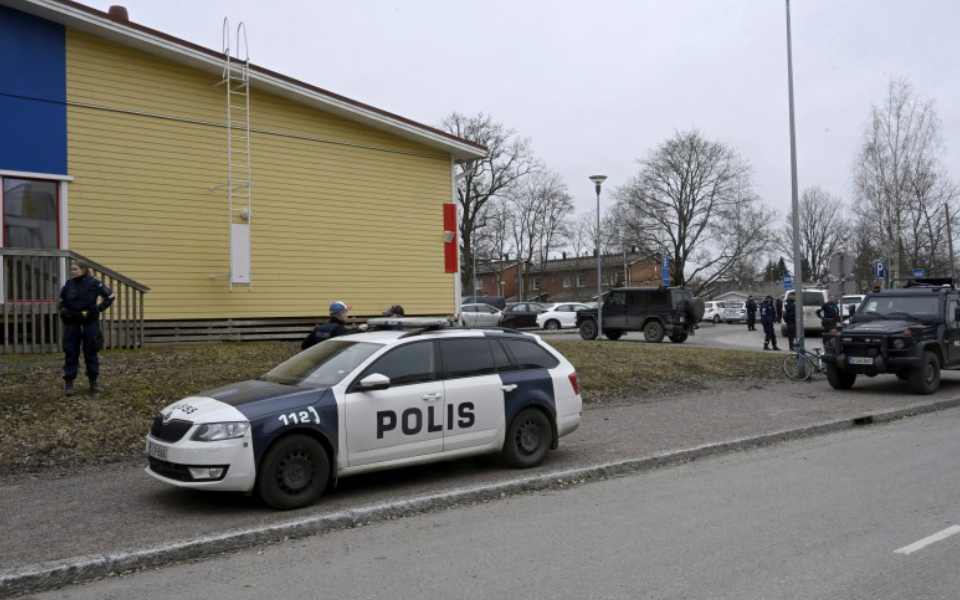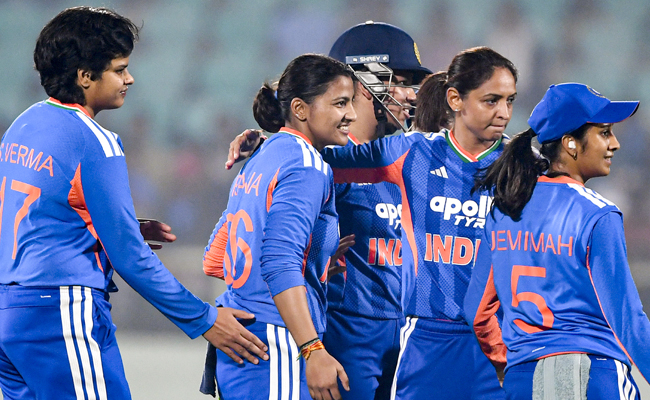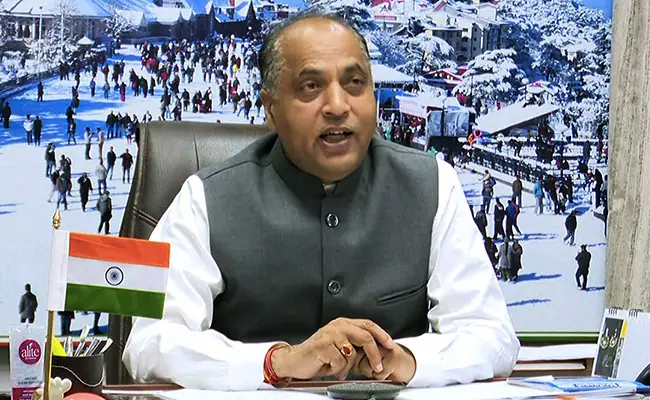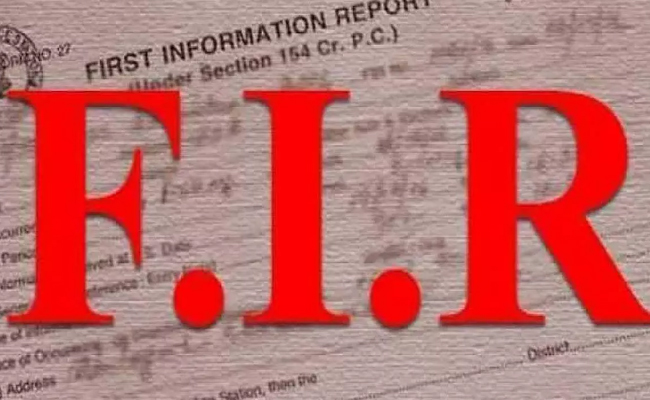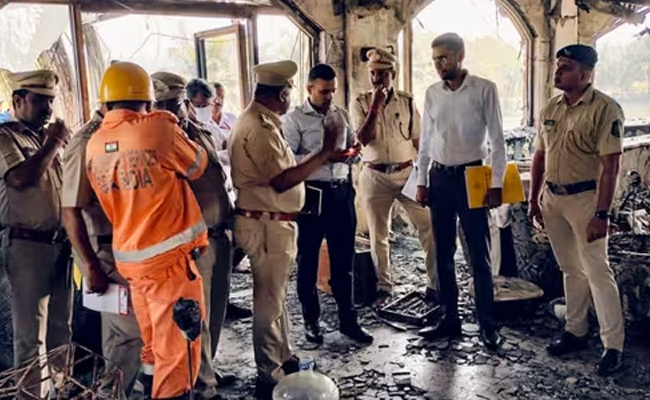Helsinki, Apr 2: A 12-year-old student opened fire at a secondary school in southern Finland on Tuesday morning, killing one and seriously wounded two other students, police said. The suspect was later arrested.
Heavily armed police cordoned off the lower secondary school, with some 800 students, in the city of Vantaa, just outside the capital, Helsinki, after receiving a call about a shooting incident at 09:08 a.m.
Police said both the suspect and the victims were 12 years old. The suspect was arrested in the Helsinki area later Tuesday with a handgun in his possession, police said.
Police told a news conference that one of the wounded students had died. The other two were seriously wounded, said Chief of Police Ilka Koskimaki from the Eastern Uusima Police Department.
Finnish Prime Minister Petteri Orpo posted on X that he was “deeply shocked” over the shooting.
In the past decades, Finland has witnessed two major deadly school shootings.
In November 2007, a 18-year-old student armed with a semi-automatic pistol opened fire at the premises of the Jokela high school in Tuusula, southern Finland, killing nine people. He was found dead with self-inflicted wounds.
Less than a year later, in September 2008, a 22-year-old student shot and killed 10 people with a semi-automatic pistol at a vocational college in Kauhajoki, southwestern Finland, before fatally shooting himself.
In the Nordic nation of 5.6 million, there are more than 1.5 million licensed firearms and about 430,000 license holders, according to the Finnish Interior Ministry. Hunting and gun-ownership have long traditions in the sparsely-populated northern European country.
Responsibility for granting permits for ordinary firearms rests with local police departments.
Following the school shootings in 2007 and 2008, Finland tightened its gun laws by raising the minimum age for firearms ownership and giving police greater powers to make background checks on individuals applying for a gun license.
Ampumavälikohtaus Vantaalla järkyttää syvästi. Ajatukseni ovat uhrien, heidän läheistensä ja Viertolan koulun muiden oppilaiden ja henkilökunnan luona.
— Petteri Orpo (@PetteriOrpo) April 2, 2024
Seuraamme tilannetta tiiviisti ja odotamme viranomaisten päivittyviä tietoja.https://t.co/wJjwp8mcal
Let the Truth be known. If you read VB and like VB, please be a VB Supporter and Help us deliver the Truth to one and all.
Visakhapatnam (PTI): Shafali Verma hit a blistering unbeaten 69 as India made short work of a paltry target to outclass Sri Lanka by seven wickets in the second Women’s T20 International here on Tuesday.
India now lead the five-match series 2-0 after another one-sided victory, having restricted Sri Lanka to a modest 128 for 9 through a collective display of disciplined bowling from the spin trio of seasoned Sneh Rana, ably complemented by young spinners Vaishnavi Sharma and Shree Charani.
During the chase, vice-captain Smriti Mandhana (14) fell cheaply but Shafali, enjoying new found confidence after a stellar show in the World Cup final, sent the bowlers on a leather-hunt during her 34-ball knock, winning it for her team in just 11.5 overs.
The hosts have now completed back-to-back successful chases within 15 overs which speaks volumes about the unit's sky-high confidence.
Shafali's innings had 11 punchy boundaries apart from a maximum.
The floodgates opened when left-arm spinner Inoka Ranaweera bowled a few flighted deliveries and Shafali would step out everytime to hit her over extra cover. Her footwork against slow bowlers was immaculate whether stepping out to loft the ball or rocking back to punch or pull.
Seeing her confidence, the newly appointed Delhi Capitals skipper Jemimah Rodrigues (26 off 15 balls) also attacked as the duo added 58 runs in just 4.3 overs.
By the time Rodrigues was out trying to hit one six too many, the match as a contest was over. Shafali completed her half-century off just 27 balls and completed the formalities in a jiffy.
Earlier, off-spinner Rana, who got a look-in after Deepti Sharma was ruled out due to fever, showed her utility keeping the Lankan batters under tight leash with figures of 1 for 11 in 4 overs, including a maiden which certainly is a rarity in T20 cricket.
Charani, who made an impression during India's ODI World Cup triumph, took 2 for 23 in her quota of overs, while Vaishnavi after an impressive debut in the opening encounter, finished with 2 for 32, not letting the Islanders get easy runs in her second spell.
The last six wickets fell for just 24 runs, but what stood out during India’s bowling effort was their superb ground fielding. After a patchy show in the previous game, the improved sharpness in the field resulted in three run-outs.
Sri Lankan skipper Chamari Athapaththu (31 off 24 balls) looked in good nick as she deposited length deliveries from seamers Kranti Gaud and Arundhati Reddy over the ropes but it was Rana, who kept her quiet by repeatedly pitching on good length.
Unable to manoeuvre the strike and with the big hits suddenly drying up, Athapaththu chanced her arm at another delivery in which Rana had shortened the length slightly.
Not having transferred the weight into the lofted shot, Athapaththu's hoick was pouched cleanly by Amanjot Kaur at long-off.
This was after Athapaththu's opening partner Vishmi Gunaratne (1) had offered a simple return catch to Gaud.
Hasini Perera (22 off 28 balls) and Harshitha Samarawickrama (33 off 32 balls) did stitch a stand of 44 but they could never set the tempo against the Indian spin troika.
Once Hasini offered a tame return catch off a Charani full-toss, Sri Lankans never recovered and lost wickets in a heap towards the end.

